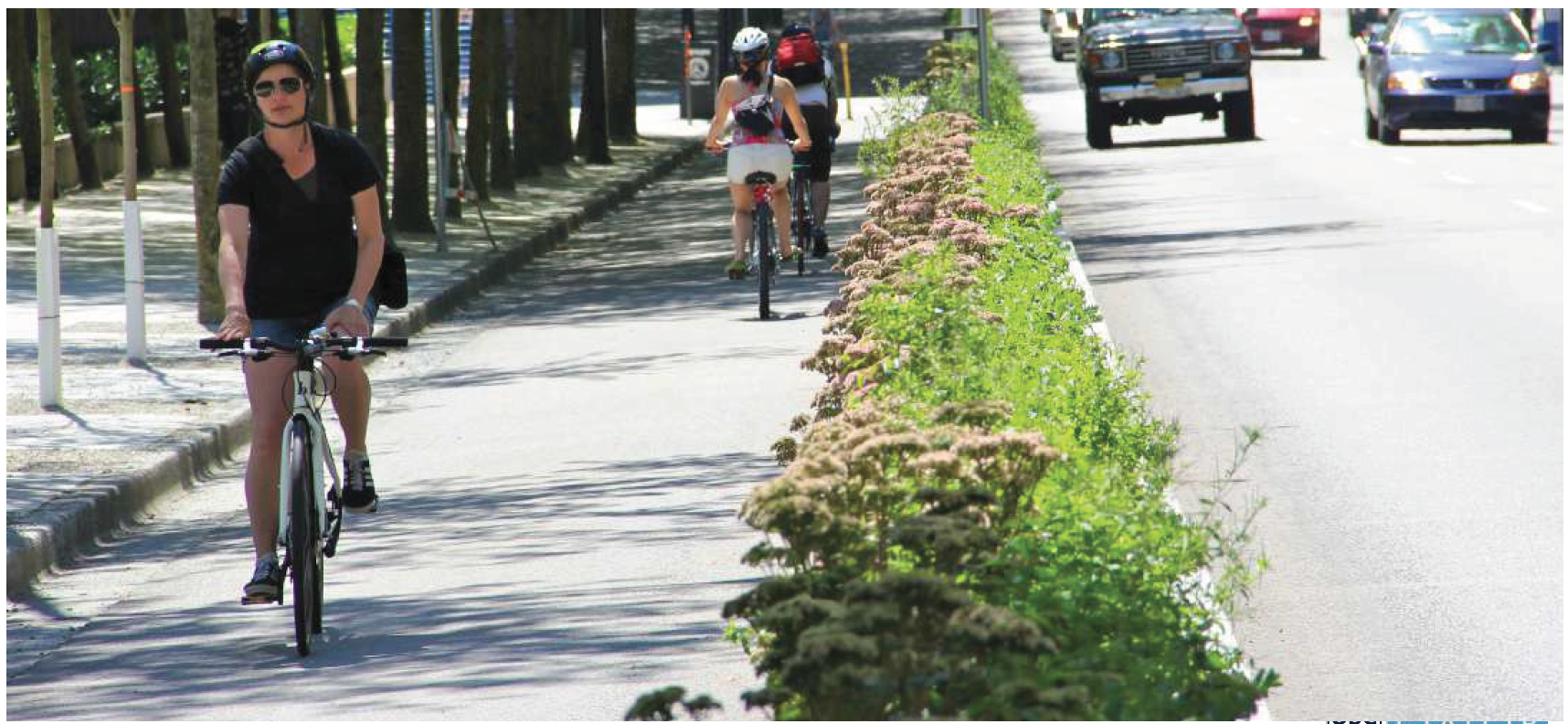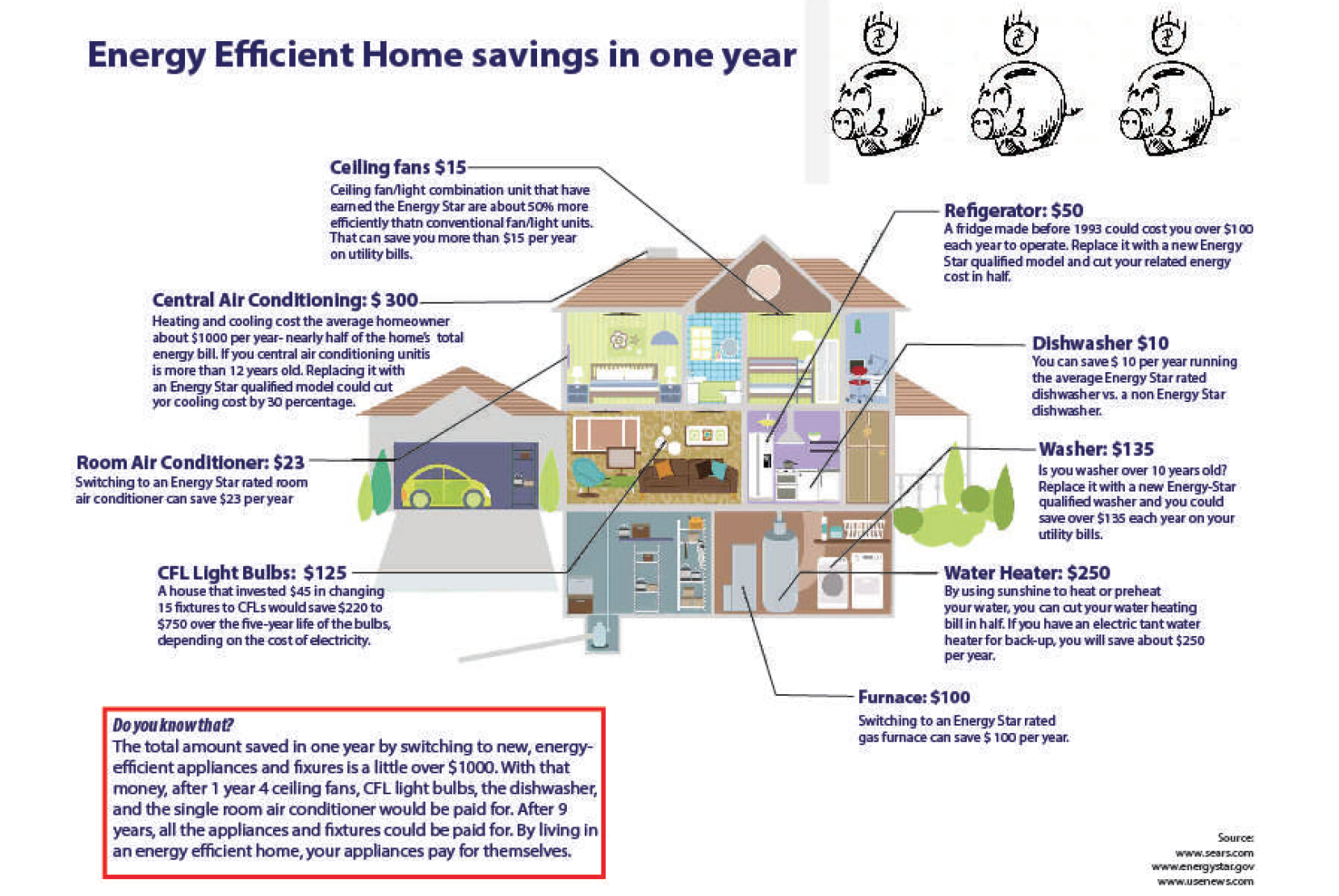1. Travel more Sustainabily
Our transportation (cars, trucks, planes etc.) contributes to more than half of the average BC household’s carbon footprint. It also accounts for noxious air pollution, common air contamination, and water toxicity.
Walk or bike more
In 10 minutes you can walk 1 km or bike 3.5 km. In the meantime, you can:
• Keep fit (A 125-lb person walking at brisk pace for 30 minutes burns about 150 calories.)
• Save money (gym fees or car expenses)
• Save time, for short distances (< 10 km), cycling is usually the fastest way to travel in the city
Calculate how much calories you can burn by walking here
Take public Transit
Read the news, chat with friends, or take a nap! Taking transit is much cheaper than owning a car: the average savings are $586 per month for a family using public transit instead of driving.
Carshare or Carpool
It's a great way to bypass traffic congestion (by driving in HOV lanes), save expenses and meet new people!

2. Reduce Energy Consumption and Increase Renewables
Canada is No. 1 when it comes to energy consumption per capita. We are consuming as much as the continent of Africa, which has double the population of Canada! In BC, energy use accounts for a quarter of a household’s carbon footprint on average.
Install solar panels and solar PVs
Rooftop solar – uses photovoltaic cells to harvest the sun's energy and convert that into electricity. Solar hot water system – solar thermal collectors circulate a fluid which is heated by the sun’s radiant energy. Read more here.
Use more Energy Star appliances
An Energy Star certified CFL or LED bulb saves up to 30% energy and lasts 10-25 times longer. An Energy Star certified laundry machine can save 35% on energy and water.
Turn off electronics when you are not in the room
It costs $20 per year to keep one light on 8 hours everyday for a year.
Turn your thermostat down by 2 degreess
That is equivalent to a 5% reduction in heating energy.
Seal the heat leaks and insulate your home
Check walls, doors, and windows for draft. If you don’t know how, watch this video. You can also get a thermal image of your house to identify heat leaks and opportunities for energy efficiency upgrades. What is a thermal image? A thermal image is “a picture of the heat that comes off objects”. To request a termal image of your home, please contact the City at thermal.imaging@vancouver.ca. Insulate the roof, floors, walls, and the basement to keep your house cool in the summer and warm in the winter.
Think about district energy systems
Networks of hot and cold water pipes, typically buried underground, that are used to efficiently heat and cool building using less energy than if the individual buildings were to each have their own boilers and chillers. Read more here.
Use heat pumps and geo-exchange
Heat pumps can take heat from the air or ground and use it to provide space heat or hot water.


